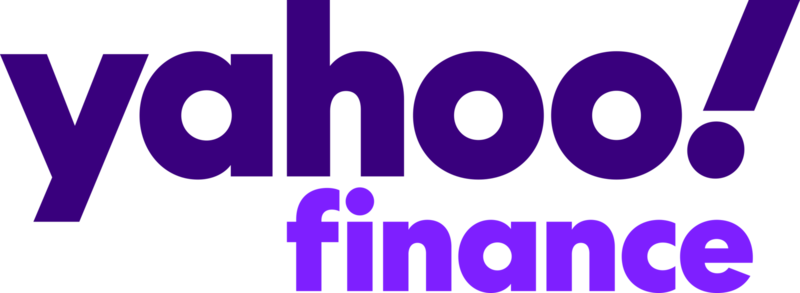For small business owners and self-employed individuals, maximizing tax deductions is essential for reducing taxable income and increasing overall profitability. One such deduction that has gained significant attention in recent years is the Qualified Business Income Deduction (QBID). Enacted as part of the Tax Cuts and Jobs Act (TCJA) in 2017, the QBID offers substantial tax savings for eligible taxpayers. In this article, we will explore what the Qualified Business Income Deduction means for you, how it works, who qualifies, and strategies for optimizing its benefits.
Understanding the Qualified Business Income Deduction (QBID)
The Qualified Business Income Deduction (QBID), also known as Section 199A deduction, is a tax benefit designed to provide tax relief to certain pass-through businesses and self-employed individuals. This deduction allows eligible taxpayers to deduct up to 20% of their qualified business income (QBI) from their taxable income, effectively reducing their tax liability.
Qualified business income refers to income earned from a qualified trade or business conducted within the United States. This includes income from sole proprietorships, partnerships, S-corporations, and certain qualified real estate investment trusts (REITs) and publicly traded partnerships (PTPs). However, certain types of income, such as capital gains, dividends, and interest income, are not eligible for the QBID.
Who Qualifies for the QBID?
To qualify for the Qualified Business Income Deduction, taxpayers must meet certain eligibility requirements:
- Business Structure: The QBID is available to owners of pass-through entities, including sole proprietors, partners in partnerships, shareholders in S-corporations, and certain qualified REITs and PTPs.
- Taxable Income Threshold: For taxpayers with taxable income below certain thresholds, the QBID is generally available without limitations. For the 2023 tax year, the thresholds are $329,800 for married couples filing jointly and $164,900 for single filers and married individuals filing separately.
- Specified Service Trade or Business (SSTB) Limitation: For taxpayers with taxable income above the threshold, the QBID may be limited or phased out for income earned from certain specified service trades or businesses (SSTBs). SSTBs include professions such as law, accounting, health, consulting, and financial services. However, certain exceptions and phase-out rules apply based on income levels and filing status.
How the QBID Works?
The calculation of the Qualified Business Income Deduction involves several steps:
- Determine Qualified Business Income (QBI): Calculate the total income earned from eligible qualified trades or businesses during the tax year. This includes net income or loss reported on Schedule C for sole proprietors, Schedule K-1 for partnerships and S-corporations, and qualified REIT or PTP income.
- Apply the Deduction Percentage: Eligible taxpayers can deduct up to 20% of their qualified business income from their taxable income. The deduction percentage is applied to the lesser of QBI or taxable income, excluding capital gains.
- Consider Limitations and Phase-Outs: For taxpayers with taxable income above the threshold, the QBID may be subject to limitations and phase-outs based on income levels and the nature of the business. Consult the IRS guidelines and seek professional advice to determine eligibility and applicable limitations.
- Claim the Deduction: Taxpayers can claim the Qualified Business Income Deduction by completing Form 8995 or Form 8995-A and including it with their annual tax return (Form 1040). Provide accurate information regarding qualified business income, deductions, and any applicable limitations to ensure compliance with IRS regulations.
Strategies for Optimizing the QBID
To maximize the benefits of the Qualified Business Income Deduction, consider the following strategies:
- Income and Expense Management: Strategically manage business income and expenses to maximize qualified business income eligible for the QBID. Consider deferring income or accelerating expenses where possible to optimize tax savings.
- Entity Structure Considerations: Evaluate the business structure and consider restructuring if necessary to take full advantage of the QBID. Consult with a tax advisor to determine the most tax-efficient entity structure for your business.
- Retirement Contributions: Contribute to tax-advantaged retirement accounts, such as SEP-IRAs, SIMPLE IRAs, or solo 401(k)s, to reduce taxable income and increase the QBID. Contributions to retirement accounts are generally deductible and can help lower taxable income.
- Tax Planning Strategies: Implement tax planning strategies to optimize the QBID and minimize tax liabilities. This may include timing income and deductions, utilizing depreciation and amortization methods, and taking advantage of other available tax incentives.
Conclusion
The Qualified Business Income Deduction (QBID) provides significant tax savings opportunities for eligible small business owners and self-employed individuals. By understanding how the QBID works, who qualifies, and strategies for optimizing its benefits, taxpayers can take proactive steps to reduce taxable income and increase overall profitability. Consult with a qualified tax advisor or financial planner to assess eligibility, maximize deductions, and ensure compliance with IRS regulations. With careful planning and strategic tax management, the QBID can serve as a valuable tool for enhancing financial success and achieving long-term business objectives.
Learn more: Robert Hall & Associates | Los Angeles Tax Preparation & Consulting




















